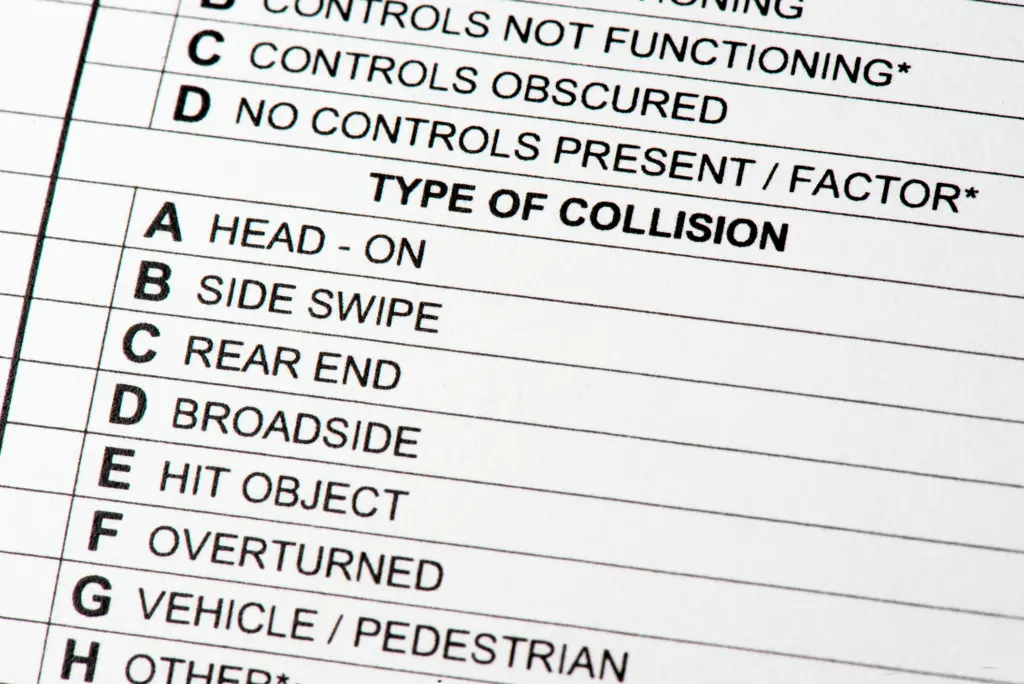When you’re injured in an accident, the damage goes beyond physical wounds and medical bills. Victims often endure emotional distress, loss of enjoyment of life, and ongoing discomfort. In personal injury law, this is referred to as “pain and suffering.” Understanding what this term means and how it’s valued in a lawsuit can help you pursue full and fair compensation.
What Does “Pain and Suffering” Mean?
“Pain and suffering” is a form of non-economic damage that compensates injury victims for the physical pain and emotional trauma they experience after an accident. It’s different from economic damages such as medical bills, lost wages, or property damage, which have a clear dollar value.

Pain and suffering may include:
- Physical pain and chronic discomfort
- Emotional distress, such as anxiety, depression, or PTSD
- Loss of enjoyment of life or hobbies
- Insomnia or sleep disturbances
- Loss of companionship or relationship strain
- Disfigurement or scarring
Because there’s no exact formula, these damages are subjective and often determined by how severe and long-lasting the victim’s suffering is.
How Is Pain and Suffering Calculated?
There are two main methods courts and insurers use to estimate non-economic damages:
- The Multiplier Method: Add your economic losses (medical bills, wage loss) and multiply by a factor that reflects injury severity and duration (often 1.5–5 for settlement talks). For example, if your medical expenses are $50,000 and your injuries are severe, the multiplier might be 4, resulting in $200,000 in pain and suffering damages.
- The Per-diem Method: Assigns a daily dollar amount to your suffering (for example, $200 per day) and multiplies it by the number of days you’ve been affected since the injury.
Both methods depend heavily on evidence, including medical records, psychological evaluations, and testimony from family, friends, or mental health professionals. However, if you like to see an estimated value for your case, you can use our in-house personal injury calculator to get a better idea of your damages.
Proving Pain and Suffering
To successfully claim pain and suffering, it’s crucial to document the emotional and physical impact of your injury. You can strengthen your claim by providing:
- Medical and therapy records
- Photos of injuries or scarring
- Personal journals describing your pain and limitations
- Testimony from doctors, therapists, or loved ones
- Proof of lifestyle changes (e.g., inability to exercise, work, or socialize)
An experienced personal injury lawyer can help gather and present this evidence effectively. By providing all of these details and records, insurance companies will eventually have to pay when they see a consistent, documented arc of harm.
Tips on Proving Pain and Suffering
If you need help gathering evidence, here’s how to build one, step-by-step:
- Start a same-day paper trail- Get examined early and tell providers everything that hurts—physical and emotional—so it lands in the chart. If nightmares, panic while driving, or startle responses show up later, report them promptly and request a behavioral-health referral.
- Track the human impact- Keep a brief daily log of sleep, pain spikes, missed activities, and side-effects from treatment. Short entries beat long gaps. Have a partner, coworker, or coach note changes they see.
- Close the loop medically- Follow referrals. If PT aggravates pain, don’t vanish, go back and document it. If symptoms evolve (e.g., headaches to light sensitivity), say so at the next visit.
- Bring in credible voices- Therapists for trauma, neurologists for post-concussive symptoms, vocational experts for work limitations. Your story becomes much harder to dismiss when multiple professionals, plus people who know you, line up behind it.
How Pain and Suffering Laws Differ by State (CA, NV, AZ, and WA)
Each state has its own rules for how pain and suffering damages are awarded and capped. Understanding these differences is essential if your accident occurred outside California.
California
California does not cap non-economic damages in most personal injury cases, meaning there’s no legal limit to how much you can recover for pain and suffering. However, medical malpractice claims are limited under MICRA (Medical Injury Compensation Reform Act)—as of 2023, non-economic damages are capped at $350,000 for injury cases and $500,000 for wrongful death, with gradual increases over time.
Nevada
Nevada also does not cap pain and suffering damages for general personal injury or wrongful death claims. However, in medical malpractice cases, non-economic damages are capped at $350,000 (Nevada Revised Statutes §41A.035). The state allows juries to award significant compensation for emotional distress in other types of injury cases.
Arizona
Arizona stands out for banning all damage caps, including pain and suffering. The Arizona Constitution (Article 2, Section 31) explicitly prohibits limits on the amount of damages recoverable for personal injury or death. This means victims can pursue full compensation for both physical and emotional harm, regardless of case type.
Washington
Washington does not impose statutory caps on non-economic damages, but it has a formulaic limit based on the plaintiff’s life expectancy and average annual earnings (RCW 4.56.250). Essentially, the total non-economic award cannot exceed 43% of the average annual wage in Washington multiplied by the plaintiff’s remaining life expectancy. This effectively limits exceptionally large awards but still allows significant compensation for serious or life-altering injuries.
Why Pain and Suffering Matters
Pain and suffering damages recognize that the human toll of an accident extends far beyond financial losses. For victims, this compensation can help cover:
- Therapy or counseling costs
- Reduced quality of life
- Chronic pain management
- Emotional recovery from trauma
By including non-economic damages in your claim, you ensure your recovery reflects the full extent of what you’ve lost—not just your medical bills.
Why Clients Hire West Coast Trial Lawyers for Pain and Suffering Claims

We build the record insurers can’t ignore. Our team coordinates the right specialists, documents the human impact with precision, and tries cases when carriers lowball you. We’ve recovered more than $1.7 billion for clients across California.
Free consultation: Call (213) 927-3700 or fill out our online contact form.
Frequently Asked Questions About Pain and Suffering
Do I Need a Visible Injury to Claim Pain and Suffering?
No. Well-documented emotional harm—PTSD, anxiety, sleep disturbance—can support a non-economic award even without fractures or surgery. CACI 3905A allows it.
Is There a “Normal” Multiplier?
There isn’t. Multipliers are just negotiation shorthand. Juries respond to credible evidence and how the injury reshaped your day-to-day life—not a formula.
What if I’m Partly at Fault?
You can still recover; your award is reduced by your share of fault (pure comparative negligence).
Is Pain and Suffering Taxable?
Usually no if your pain-and-suffering payment is for a personal physical injury or physical sickness. Those compensatory damages are excluded from federal income under IRC §104(a)(2), and California generally conforms to that treatment.
Important exceptions: Awards for emotional distress only (not traceable to a physical injury) are taxable, though amounts equal to what you spent on medical care for that emotional distress can be excluded. Punitive damages and interest on judgments/settlements are taxable. If you previously deducted medical expenses, the tax-benefit rule may require including that portion in income. Proper allocation in the settlement agreement matters, so get case-specific tax advice. Franchise Tax Board


















































































